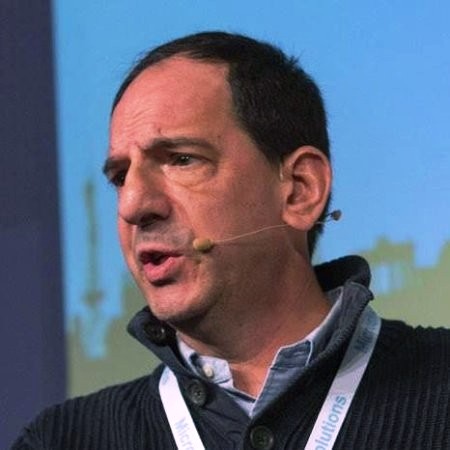Mark Milstein
How do you describe Digital Asset Management to others?
I wrestle with this question on an hourly basis, and after 21 years I still do not have a concise, tie the entire subject up in a neat sentence answer. What I ultimately do is give a couple of answers. I firstly tell others that it’s all about search and discovery. You can have the most amazing content in the world, but if no one can find it, that content is as good as never having been made. Great content without accurate metadata is, after all, a missed opportunity. Second, I say that asset management is about constant management. That essentially means that you need to have a good governance and be active about it. Just acquiring a DAM and dumping your content into it is not a solution. All this has done is make matters worse. DAM is a team effort and having staff or a service to help curate, tag and breathe life into your content is at the top of the job requirement for a DAM manager.
What’s the most important thing for someone new to DAM to understand about DAM?
Although DAM includes the words digital and asset, the most important word is left for last. M is for management, and anyone entering into this field needs to grasp this in order for everything else to fall into place. Managing those digital assets is the primary role required to be successful in this field. Get that right, and you can easily juggle assets as varied as music, photo, video, graphics, etc. No volume or content type will ever intimidate.
What is your vision for DAM? What will it look like in 5 years?
The future is always right in front of us, you just have to know where to look. The DAMs of 2026 will have one key feature that is just now exiting science fiction and entering reality – synthetic content. DAMs have, since their arrival, acted as little more than digital closets. Places to manage, store and retrieve digital content. That content arrived into the DAM from a variety of sources, including content created internally, licensed from external sources and UGC (user generated content).
Recently, we’ve seen DAMs affiliate themselves with stock media platforms. These affiliations allow users to access and license millions of assets from libraries like Shutterstock or Getty without having to leave the DAM, but I don’t see this as the future. It’s more of a half-way step to where DAMs will be in 5 years.
The DAMs of 2026 and beyond will be content generating platforms in their own right. Need a photo of an 80 year-old man drinking a cocktail on the lip of an active volcano? Good luck trying to organize that photo shoot or searching through any stock library to find it. The DAMs available to us in five years will include options to generate content on the fly. You will have the choice of generating either 100% synthetic photos right from the toolbar, or merging those synthetic elements with real life photos to create something completely new.
DAMs that offer synthetic media options will give users the ability to generate endless volumes of unique, custom-made photography with little to no licensing fees, legal restrictions or worries about competitors having the same image. Equally important, the DAMs of 2026 and beyond will assign rights and metadata to that content in less time than it takes to read this sentence. Synthetic media, photos generated from powerful algorithms, will be the heart and soul of tomorrow’s DAMs. Searching for content on a stock media site will be a thing of the past.
Mark Milstein is CEO of Microstock Solutions – https://www.microstocksolutions.com/ You can also connect with Mark on LinkedIn – https://www.linkedin.com/in/mark-milstein-60aba53/
This interview was published in DAM News on 21st June 2021. For more DAM News interviews, see the interviews index page.
Share this Article:

